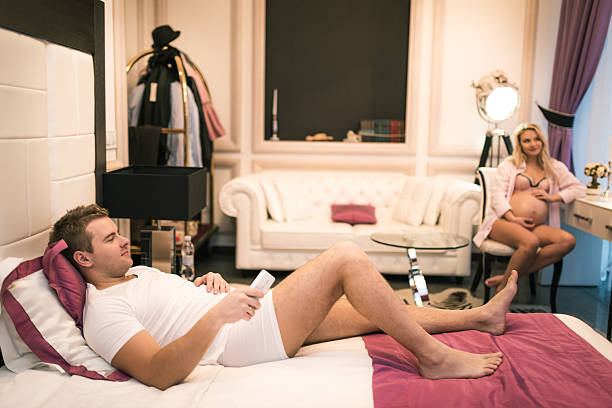Running a powerful processor and a 120Hz display is taxing, and that’s evident from the average of 6 hours of screen-on-time. Both Mi 11X and Mi 11X Pro feature revolutionary cameras, the latest flagship Snapdragon 870 and 888 series chipsets, powerful Dolby stereo speakers, 120Hz E4 Super AMOLED display, and fast charging capabilities that aims to offer a premium smartphone experience. If Instagram’s your drug, you know which smartphone to get. Smartphone cameras have come a long way and especially so in devices at this price range. As a result, images tend to come out punchy and vibrant. As a result, the details are excellent, and the overall image quality is pretty impressive. As a result, the Mi 11X turns out to be much more accomplished than I had expected.
While 7 supports 4K at 60fps, the videos come out shaky, and, unfortunately, Vivo doesn’t allow any form of stabilization to work in video mode. In a quick poll on my Instagram, people unknowingly chose the bright and boosted images clicked on the iQOO 7. Mi 11X lost out by a good margin here. The front screen is protected by a Corning Gorilla Glass 5. It is good colors and can be used for content consumption, and has Widevine L1 certification to stream HD Netflix content with the breeze. The speakers on both devices are pretty good. New updates are being added at the bottom of this story… The Mi 11X and iQOO 7 come close to each other, and the standards in each area are truly impressive.
Unfortunately, that’s not the case with the in 7. The iQOO 7 houses its fingerprint sensor under the display is straight-up awful to use. The front is, as in almost all smartphones now, a tall display with a rather tiny punch hole (Xiaomi claims it is one of the smallest) in the top center, with slim bezels all around. Book the Xiaomi Redmi Note 10 Pro online now! Xiaomi claims it has worked with Samsung to build this sensor just for the Mi 11 Ultra. I found myself using the primary sensor the most, which is also the sensor that delivers on the promise, in my opinion. The very last camera is a low-end 2MP f/2.4 OmniVision sensor used to create depth maps for the background blurring portrait mode.



